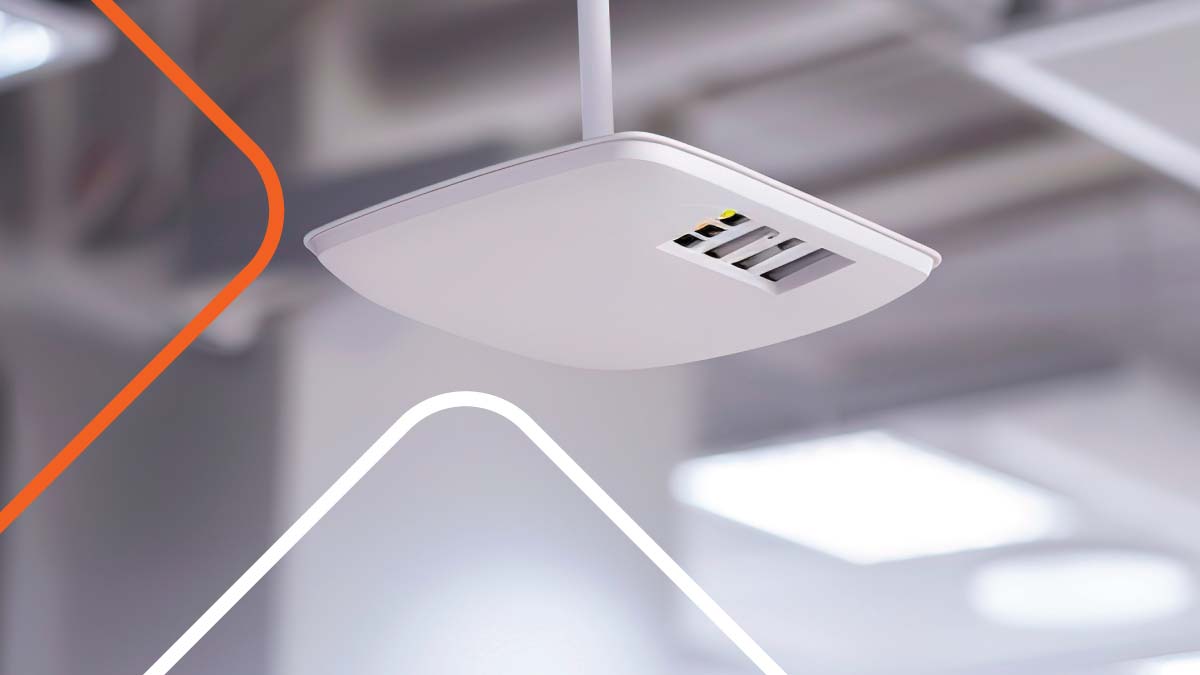Installing access points is crucial for providing reliable and efficient wireless network connectivity, productivity and communication. Understanding the significance of access point installations is imperative to maximizing client satisfaction. Companies can significantly elevate client satisfaction levels by comprehending client expectations, delivering efficient installations, and providing post-installation support.

Understanding client expectations for access point installations
Before embarking on any access point installation project, a thorough assessment of the client’s needs is crucial. This involves understanding their specific requirements, such as the number of users, the size of the space requiring coverage, and the desired level of network reliability. By identifying these needs upfront, companies can tailor their installation approach to meet the client’s expectations.
Moreover, understanding the client’s operational dynamics can provide valuable insights for a successful installation. Understanding peak usage times, data transfer requirements, and potential future scalability needs can help companies design a robust access point network that caters to current and future demands. By anticipating these factors, companies can proactively address client needs and build long-term satisfaction.
Setting clear installation goals
Once the client’s needs are identified, it is essential to set clear installation goals. This involves establishing key performance indicators (KPIs) that reflect the intended outcomes of the installation process. These KPIs may include network coverage, signal strength, and bandwidth availability. By setting these goals from the outset, companies can strive to exceed client expectations and deliver exceptional results.
Furthermore, aligning installation goals with the client’s overarching business objectives can enhance the overall value proposition. Whether the aim is to improve customer experience, streamline internal operations, or support remote work capabilities, tailoring access point installations to contribute directly to these goals can strengthen the client-provider relationship. This strategic alignment supports the installation project’s success and positions the company as a trusted partner.
The importance of efficient access point installations
Efficiently installing access points is crucial for maintaining smooth operations in a company. To achieve this, it is important to minimize installation time, disruption and downtime for the client.
Minimizing installation time
Clients expect access point installations to be completed swiftly and with minimal disruption to their daily operations. To maximize client satisfaction, companies must prioritize efficiency throughout the installation process. This involves meticulous planning, streamlined workflows, and the utilization of experienced installation teams. By minimizing installation time, companies can minimize downtime for their clients and deliver a positive experience from start to finish.
Efficient access point installations save time and demonstrate a commitment to excellence. Companies that excel in completing installations quickly and effectively showcase their dedication to providing top-notch services. This commitment to efficiency can set companies apart from competitors and enhance their reputation in the industry. Moreover, by optimizing installation processes, companies can increase their capacity to take on more projects and serve a larger client base.
Minimizing disruption
During installation, ensuring minimal disruption to the client’s operations is essential. This involves careful coordination and communication to minimize any inconvenience caused by the installation activities. Companies can identify optimal installation windows and implement strategies to mitigate disruptions by working closely with clients and their staff. By prioritizing client satisfaction, companies can foster positive relationships and secure long-term partnerships.
Minimizing disruption during access point installations benefits the client and positively reflects the company’s professionalism. Clients appreciate service providers who respect their operational needs and work diligently to minimize interruptions. By demonstrating a high level of consideration and adaptability during installations, companies can earn the trust and loyalty of their clients. This trust forms the foundation for enduring partnerships and opens doors to future collaboration opportunities.
Key components of a successful access point installation
Choosing the right equipment
Selecting the right equipment is crucial in achieving a successful access point installation. It is essential to consider the client’s needs and choose access points that align with their requirements. Range, capacity, and security should be carefully evaluated to optimize performance. By investing in high-quality equipment that aligns with the client’s needs, companies can deliver exceptional wireless network experiences.
When selecting access points, it is also important to consider future scalability. Choosing equipment that can easily accommodate future growth and technological advancements can help companies avoid costly upgrades. Additionally, compatibility with existing network infrastructure and management systems should be considered to ensure seamless integration.
Optimal placement of access points
Another critical component of a successful access point installation is the placement of access points. Strategic placement is essential to optimize network coverage and minimize signal interference. It requires careful consideration of factors such as the physical layout of the space, potential sources of interference, and the intended use of the network. Companies can position access points strategically to maximize network performance by conducting comprehensive site surveys and leveraging expert knowledge.
Moreover, considering environmental factors such as building materials, obstructions, and RF interference from other devices can significantly impact the effectiveness of access point placement. By analyzing these variables and using tools like heat mapping software, companies can fine-tune the placement of access points for optimal signal propagation and coverage.
Post-installation support and maintenance
Ongoing support and maintenance are essential for optimizing continued system performance after installing access points. Providing user guides and regular updates are two effective ways to achieve this.
Providing comprehensive user guides
Comprehensive user guides are an essential aspect of post-installation support. Clear and easy-to-understand documentation enables clients to navigate their wireless networks effectively and troubleshoot common issues independently. By providing detailed user guides, companies can enhance client satisfaction by empowering users and minimizing the need for additional support.
These user guides should provide basic setup instructions and detail advanced troubleshooting techniques, network security best practices, and tips for optimizing performance. Visual aids such as diagrams and screenshots can help users understand complex concepts and configurations. Moreover, companies can offer interactive online guides or video tutorials to cater to learning preferences and deliver comprehensive user support.
Offering regular maintenance and updates
Wireless networks require regular maintenance and updates for optimal performance. Companies can proactively address potential issues and optimize network efficiency by offering ongoing maintenance services, including firmware updates and performance evaluations. Regular communication and updates with clients regarding network health and performance instill confidence and demonstrate a commitment to long-term client satisfaction.
In addition to routine maintenance tasks, companies can provide proactive network monitoring services to detect and resolve issues before they impact user experience. Implementing automated monitoring tools and alerts can help companies avoid potential network disruptions and provide uninterrupted service for clients. By offering a comprehensive maintenance package that includes regular updates, monitoring, and performance optimization, companies can build trust with clients and establish themselves as reliable partners in maintaining their wireless infrastructure.

Measuring client satisfaction post-installation
Measuring client satisfaction is paramount for companies seeking to continually improve their service delivery. Gathering client feedback allows companies to gain insights into their performance and identify areas for improvement. Companies can assess client satisfaction levels through surveys, interviews, and regular communication and determine whether their access point installations meet expectations.
Moreover, when collecting client feedback, it is essential to consider the various touchpoints where clients interact with the access point installations. This comprehensive approach ensures that feedback is gathered from all relevant stages of the client experience, providing a holistic view of satisfaction levels. By understanding the entire client journey, companies can pinpoint specific areas requiring attention and tailor their improvement strategies accordingly.
Implementing improvements based on feedback
Client feedback should not be taken lightly; it provides valuable insights that can drive improvements. Companies can continuously enhance their access point installation processes by listening to client concerns, addressing issues promptly, and implementing necessary changes. This iterative approach prioritizes client satisfaction and allows companies to adapt to evolving client needs and expectations.
Furthermore, companies can leverage technology to streamline feedback collection and analyze data more effectively. Implementing automated feedback systems or data analytics tools can help companies gather, organize, and interpret client feedback efficiently. By harnessing technology in this way, companies can identify trends, track performance metrics, and make data-driven decisions to improve their access point installations proactively.
Conclusion
Maximizing client satisfaction with access point installations is a multifaceted endeavor that requires a deep understanding of client expectations, efficient installation practices, and comprehensive post-installation support. By prioritizing client needs, striving for efficiency, and continuously seeking feedback, companies can foster long-term client satisfaction and establish themselves as leaders in the industry.
Need to install access points? Schedule an introductory call with Field Nation today and discover why we’re the most convenient solution for connecting with thousands of skilled IT field service technicians.







